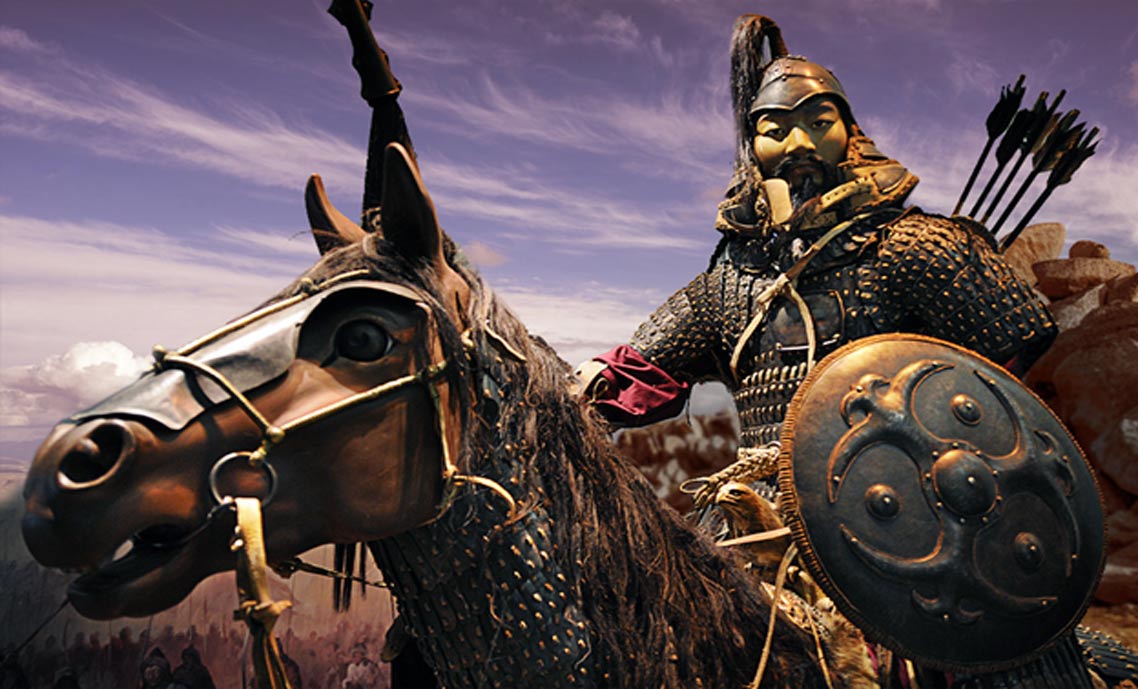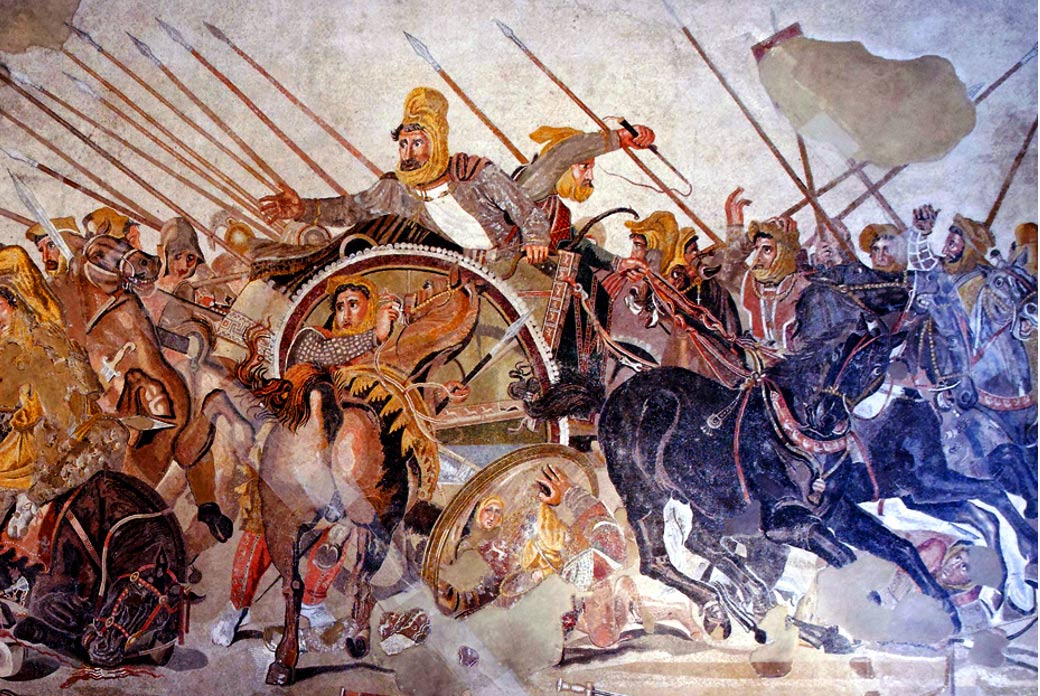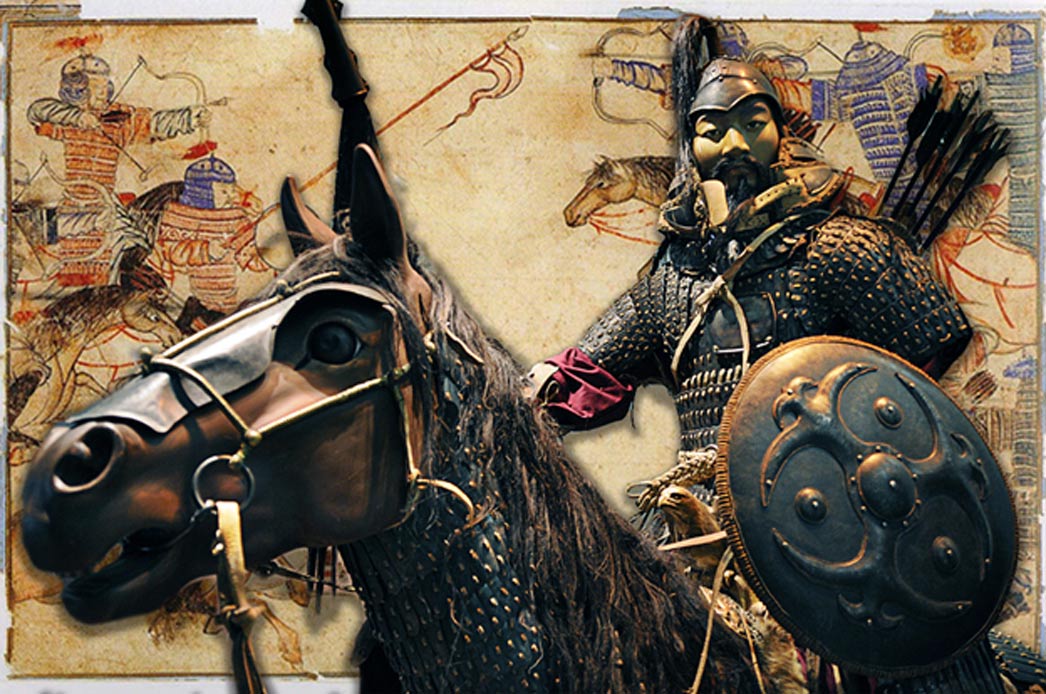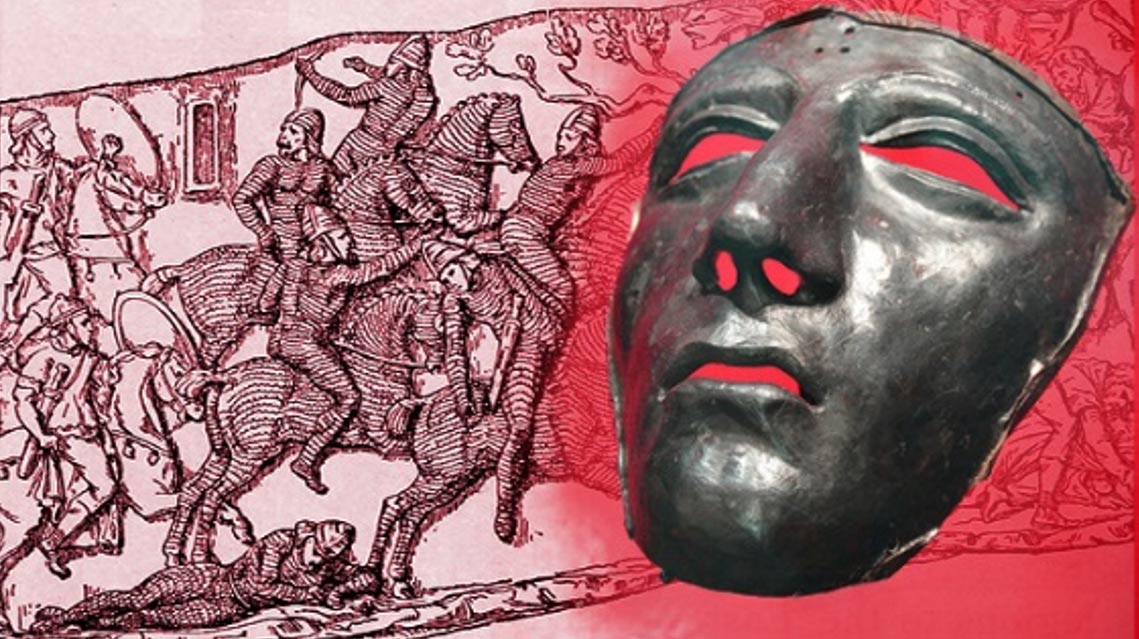Subutai: Dog of War - Sophisticated Military Strategist Behind Genghis Khan’s Conquering Empire - Part I

There have been many renowned and infamous conquerors and generals such as Sargon of Akkad, Tiglath-Pileser III of Assyria, Cyrus the Great of Persia, Alexander the Great of Macedonia, Hannibal of Carthage, Julius Caesar of Rome, Attila the Hun, and Tamerlane, to name a few throughout history. Every one of them has rightfully earned a spot in the history books as a brilliant strategic tactical genius or an uncompromising, bloodthirsty sociopath. However, for some, names and actions have gone largely unnoticed through the annals of history. One such man of great influence but little renown...Read more


